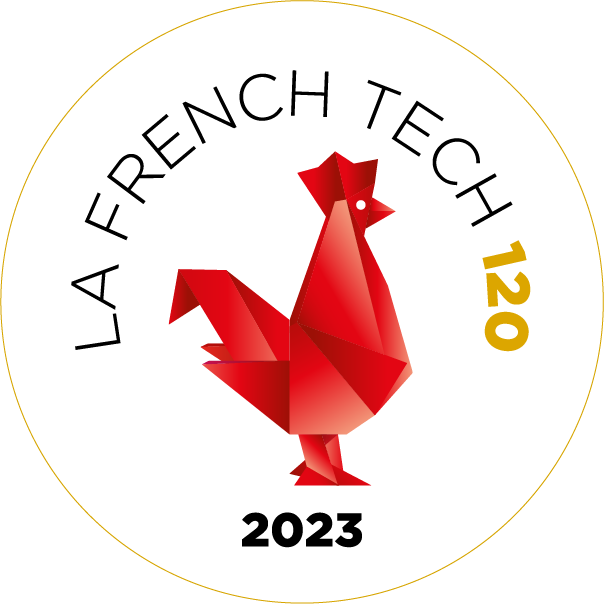ANGELS offers a new very low-data rate modulation for IoT
With the launch of ANGELS and the first ARGOS-Neo miniaturized payload, a new modulation is now available for satellite IoT and all devices already connected with Kinéis/ARGOS.

Named VLD-A4 for “Very Low Data rate – ARGOS-4”, this new modulation was specifically designed by CNES to achieve very low-power transmissions from the devices.
1/3 Modulation and message format
VLD-A4 was designed for devices who have small amounts of data to transmit. The modulation is a BPSK (Binary Phase Shift Keying) ±1.1 rad, identical to the low-data rate ARGOS-2 signals, but with a lower modulated bit rate of 200 bits per second (instead of 400 bps on ARGOS-2).
Besides, to decrease the risk of bit errors, the standard includes a convolutional coding (7, 1/2) which adds some redundancy to correct a limited number of errors. Puncturing is then used to reduce the number of bits to transmit and interleaving to improve the efficiency of the convolutional code by breaking potential bursts of errors. These mechanisms implying the use of messages of fixed length, only one message format is available: a duration of 965 ms with three 28-bit packets, one for the device identification number (ID) and two available for 56 bits (7 Bytes) of data collection, also allowing location via Doppler effect.
2/3 Very low power
Thanks to this very low data rate, Kinéis devices will now be able to transmit messages with a power down to 100 mW and even lower, while keeping the on-board reception performances similar to those observed with signals from previous generations of ARGOS.
Moreover, the use of a convolutional coding allows to reduce the number of bit errors and thus increase the ratio of correct messages. The first in-orbit tests showed 87 % of success at 100 mW, which would allow to reach 98.3 % with only two transmissions in the rather noisy environment of Toulouse, France. Additional tests will carry on in the coming weeks in quieter parts of the world, where better results are expected.
With power levels approaching those experienced in terrestrial systems, Kinéis confirms its position of global connectivity provider for IoT markets: besides greatly lowering the power consumption and thus enhancing the autonomy or reducing the size of the battery, this achievement also calls for easier hardware development with cheaper components.
3/3 Devices already compatible
In the user segment, the development of devices taking advantage of this new modulation is already possible with the ARTIC chipset provided by Kinéis. These custom devices can already obtain the CNES-Kinéis certification, since the process already includes VLD-A4 signals.
With ANGELS orbiting at altitude 520 km and supporting this new modulation, devices will benefit from 3-4 windows of visibility every day to transmit at very low power. However, the flexibility of the chipset allows to switch to historic modulations when the other satellites are in sight, and for the existing devices not supporting VLD-A4, ANGELS will increase the data collection capabilities of Kinéis by also being able to receive low-data rate modulations from the previous generations of ARGOS.


About us
Created in 2018, Kinéis is a satellite IoT operator.
© kineis - IoT everywhere - 2023
Contact us
Adress
11, rue Hermès
31520 Ramonville-Saint-Agne
France
Phone
+ 33 5 61 39 47 00
Links
FAQ
Press
Newsletter
News
Privacy Policy
Cookie policy
Let's stay connected
